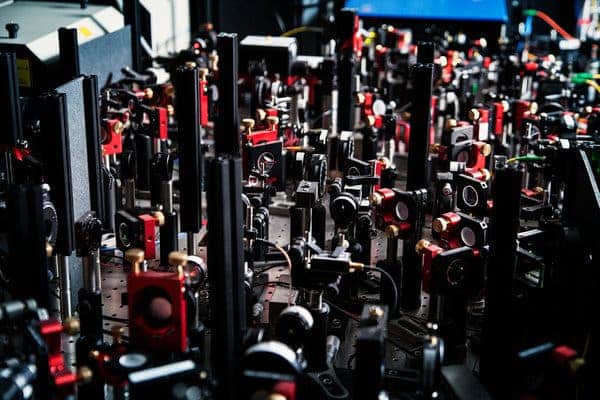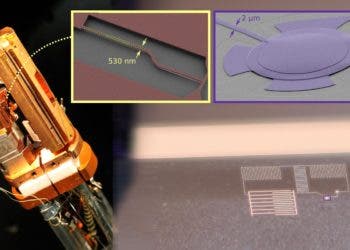
When people think of teleportation, inevitably a Star Trek reference like “beam me up, Scotty’ comes to mind. You’ve got to admit though, it’s a really cool idea – how many times did you think about instantly traveling to some place distant? I used to wish for teleportation every single day of my life when I was a kid and had to walk to school really early in the morning. “If only I had a remote control and pushed the right button,” I thought. I outgrew teleportation of course, but some people, luckily, haven’t. Some researchers are giving practical thought to the idea made famous by Star Trek and actually pushing it towards reality. Although it might take many, many years or it might never happen at all, researchers today are making the first steps in this direction, and results so far have been impressive.
”What we are teleporting is the state of a particle,” Prof Hanson, from Delft University of Technology in the Netherlands, said.
”If you believe we are nothing more than a collection of atoms strung together in a particular way, then in principle it should be possible to teleport ourselves from one place to another.”
”In practice it’s extremely unlikely, but to say it can never work is very dangerous.
”I would not rule it out because there’s no fundamental law of physics preventing it.
”If it ever does happen it will be far in the future.”
Teleporting information
In a paper published on Thursday in the journal Science, Prof Hanson’s team showed for the first time that it was possible to teleport information encoded into sub-atomic particles between two points three metres apart with 100% reliability.
Unlike Star Trek, where people, their clothes or any kind of matter could be teleported atom by atom to a remote location, quantum teleportation works by transferring so-called quantum information — in this case what is known as the spin state of an electron. It relies on quantum entanglement or what Einstein used to call “spooky action at a distance”. If one of two entangled particles changes its quantum state, it influences the other and directs a instant change no matter if the two particles are spaced apart at the other ends of the universe. Giving one particle an ”up” spin, for instance, might always mean its entangled partner has a ”down” spin.
Prof Hanson’s experiment involved three entangled particles – a nitrogen atom locked in a diamond crystal and two electrons – at low temperatures. The temperature and the diamonds effectively create “miniprisons” in which the electrons were held. Four possible states were transmitted, each corresponding to a ”qubit”, the quantum equivalent of a digital ”bit”.
A classic bit can only have one of two values – “1” or “0”. Quantum bits, or qubits, can however be 1, 0 or a superposition of the two. Using this data system, quantum computers are predicted to outperform the classical computers we know and use today by far. For their experiment, the researchers were able to establish a spin, or value, for electrons, and then read the value reliably. A more ambitious experiment, involving the teleportation of information between buildings on the university campus 1,300 metres apart, is planned in July.
Prof Hanson said: “The main application of quantum teleportation is a quantum version of the internet, extending a global network that we can use to send quantum information.”
“We have shown that it’s possible to do this, and it works every time that you try. It provides the first building block of the future quantum internet.
One application nearest to a real life application is secure communication. What you’re doing is using entanglement as your communication channel. The information is teleported to the other side, and there’s no way anyone can intercept that information. In principle it’s 100 per cent secure.”






